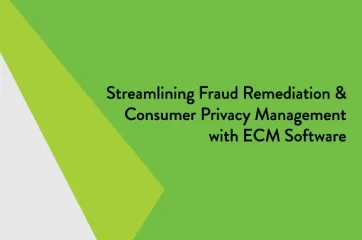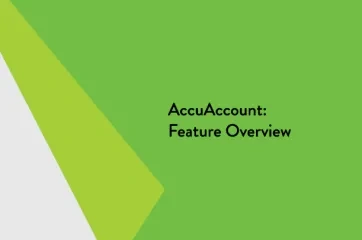Mortgage Quality Control
Mortgage quality control involves preparing the correct documents, obtaining signatures from the right people, providing the proper disclosures at the appropriate time, and maintaining accurate documentation. Mortgage quality control can require significant work on behalf of the bank or credit union, and it is important throughout the life of the loan.
Upfront vs. Ongoing Mortgage Quality Control
Much of the work involved with mortgage quality control occurs at the beginning of the life of the loan. However, if your institution continues to service the loan, mortgage quality control involves ongoing monitoring to ensure that the customer is paying the mortgage, taxes, and insurance. Monitoring escrow levels, issuing refunds, or requiring additional payments is also an important step. And, as with any loan product, adequate document management and tracking processes are vital.
The Secondary Market
It is common for banks and credit unions to originate loans and then sell them in the secondary mortgage market. Some loans are “desk funded,” meaning the financial institution closes the loan and then immediately sells it—without the loan ever being booked on the institution’s core. In other cases the mortgage is retained; the institution might sell the servicing, but it keeps the loan. Many mortgages are acquired by aggregators and are bundled with other loans into securities that are then sold on the stock market. It’s important to note that banks and credit unions may be required to buy back sold loans if they are later identified as having documentation issues. Therefore, it is critical that the loan documentation is complete and in order.
Document Management Resources
For more document management information, be sure to check out our extensive resource library with free document tracking spreadsheets, whitepapers, and eBooks. Searching for more banking definitions? Check out our banking definitions page.








